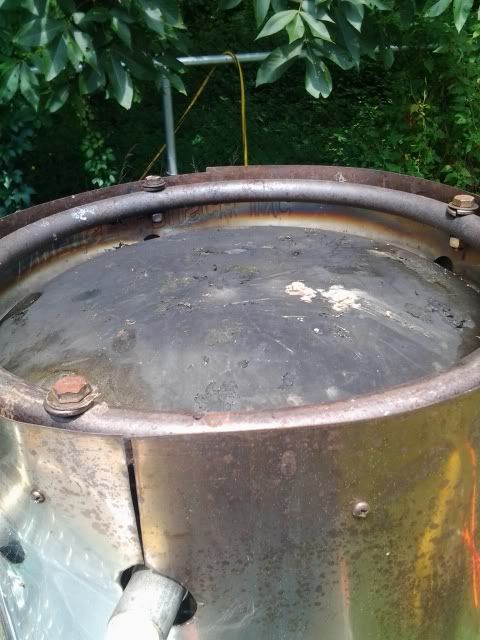Got the new brewstand put together and was doing a test run of it to make sure it all worked fine. All the burners seem to work right and I get a nice blue flame under the keggles.
One thing I noticed though is that on the outter edges of the stand, there seems to be some heat and/or flames escaping and its blackening the stand. Is this normal?
I'll try to get a pic up here soon, but having not used this before I just want to make sure everything is good to go for my first brew day on it.
I'm using BG-14 burners with a 30psi regulator and ball-valves.
One thing I noticed though is that on the outter edges of the stand, there seems to be some heat and/or flames escaping and its blackening the stand. Is this normal?
I'll try to get a pic up here soon, but having not used this before I just want to make sure everything is good to go for my first brew day on it.
I'm using BG-14 burners with a 30psi regulator and ball-valves.





